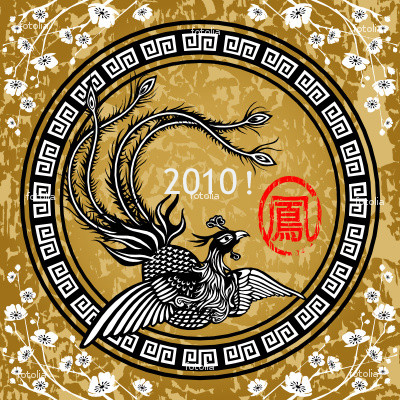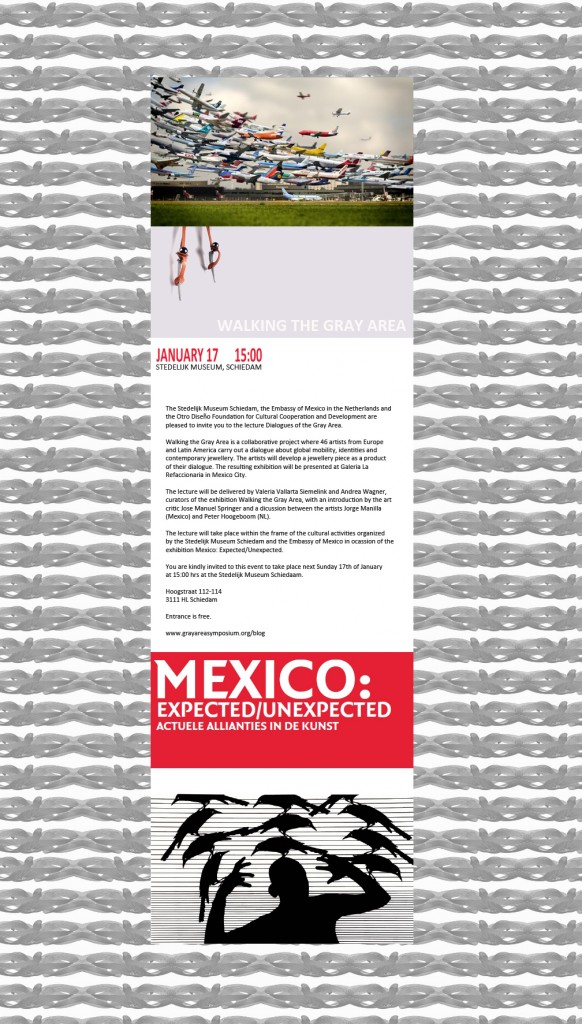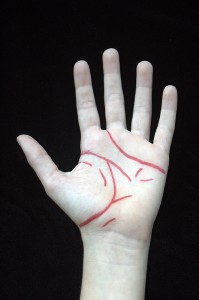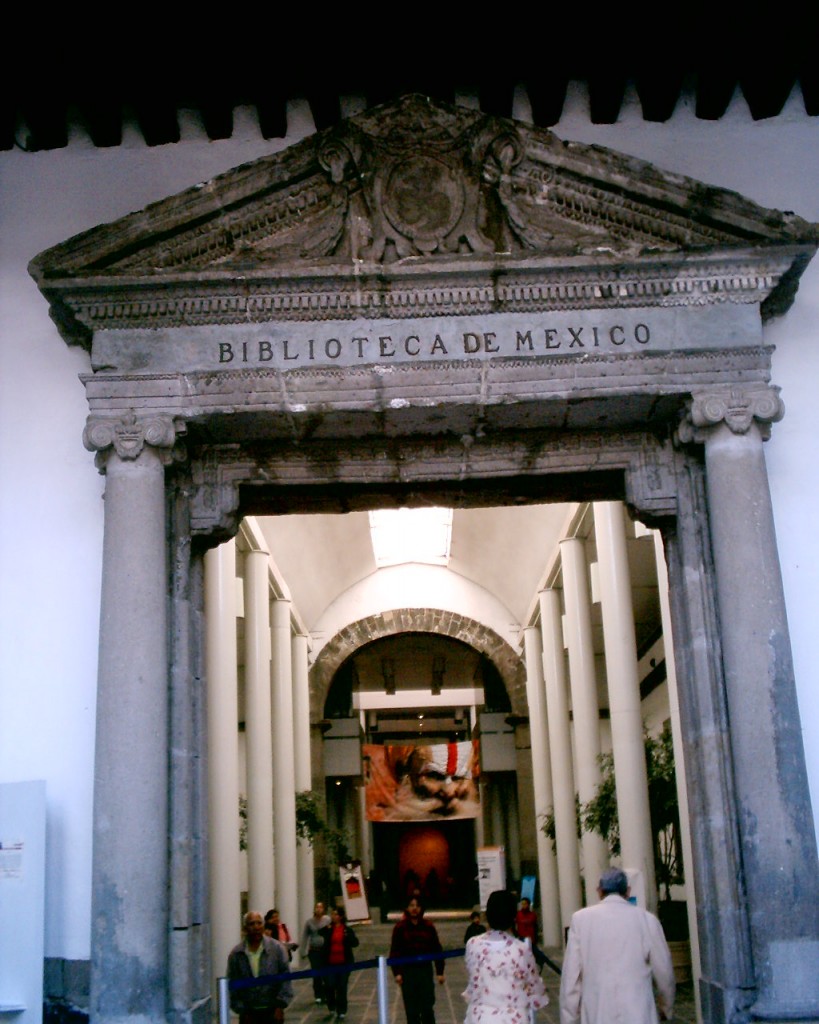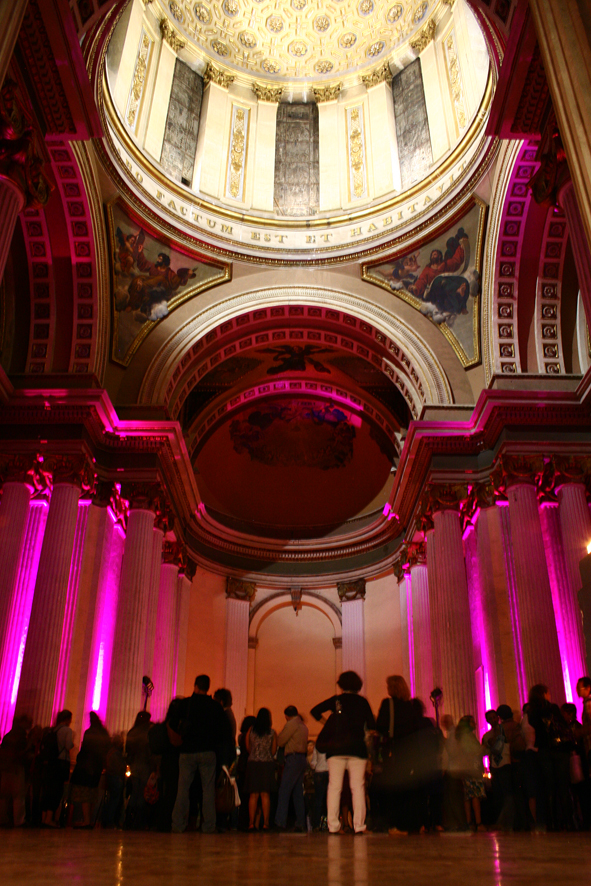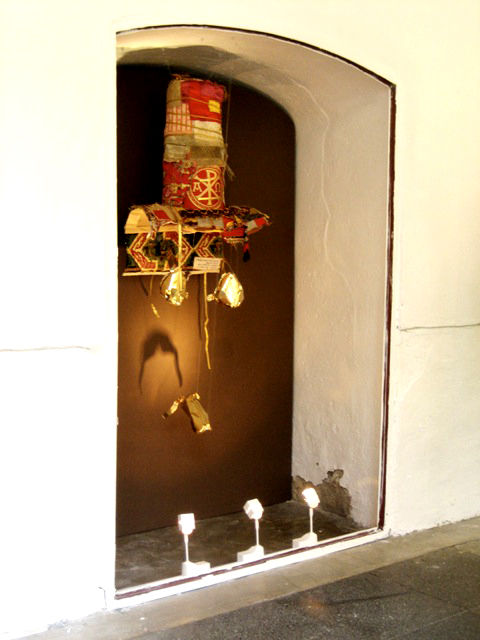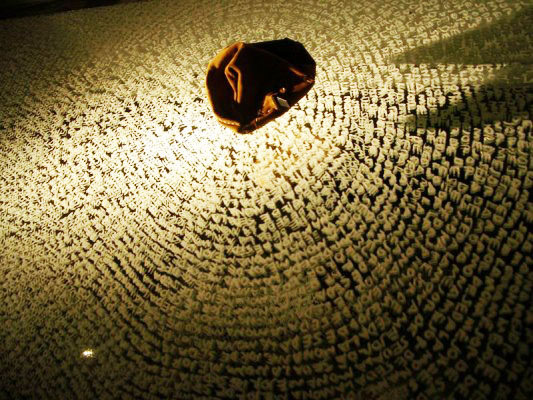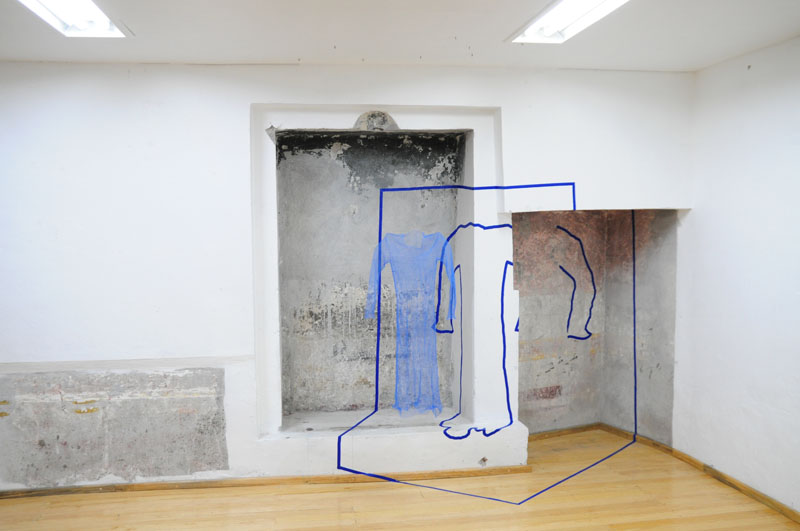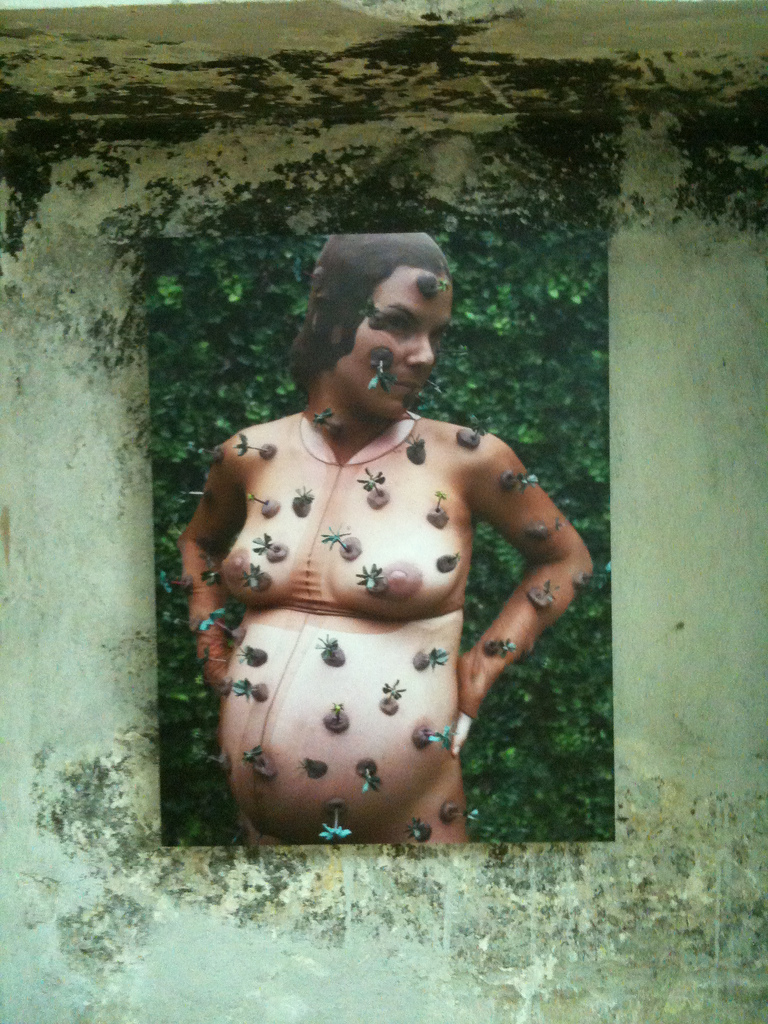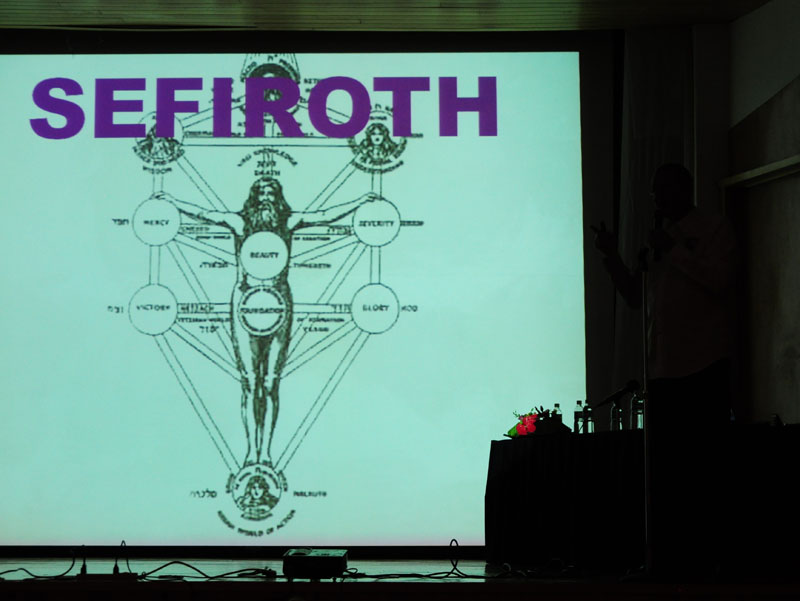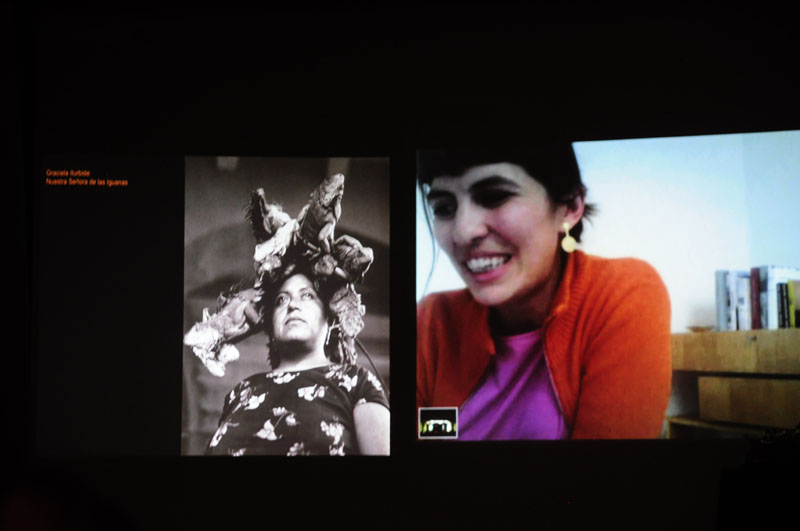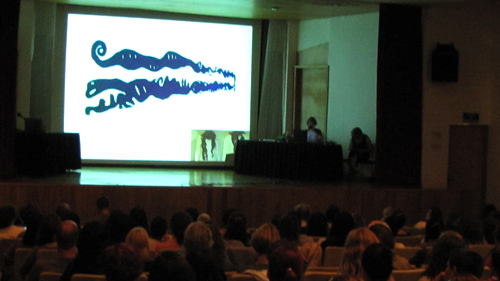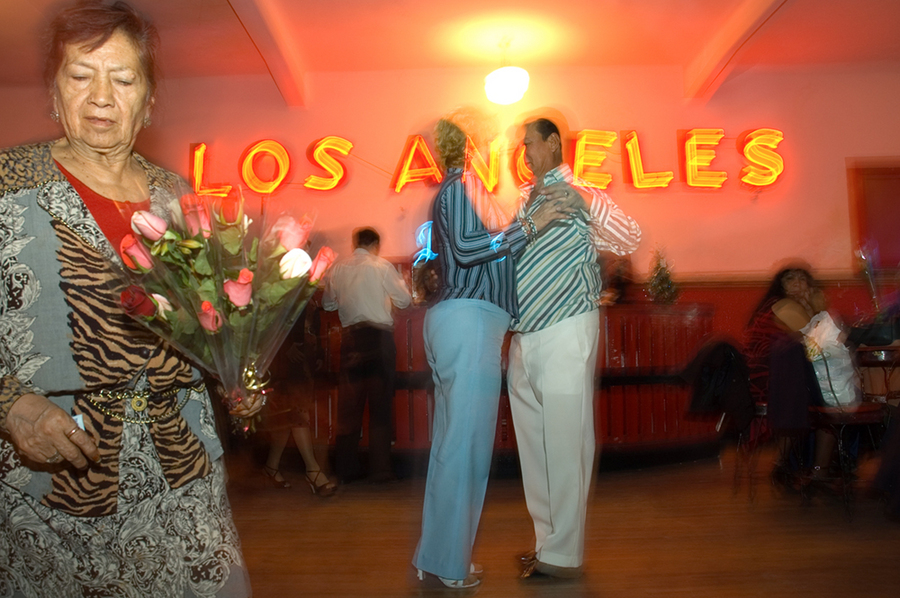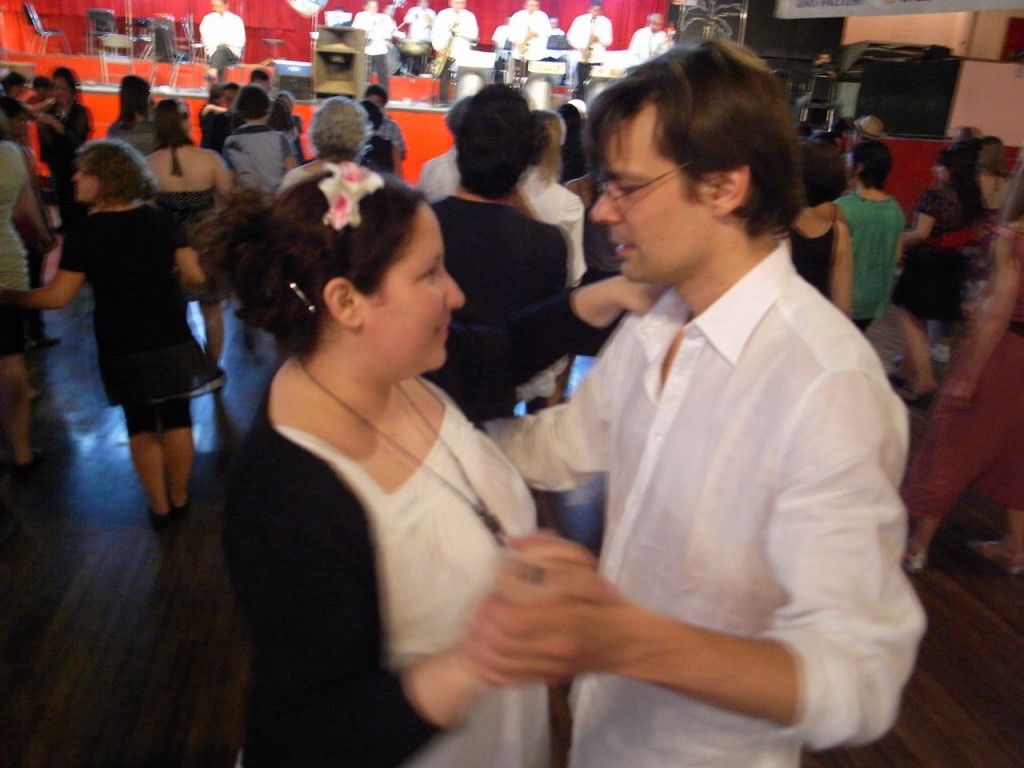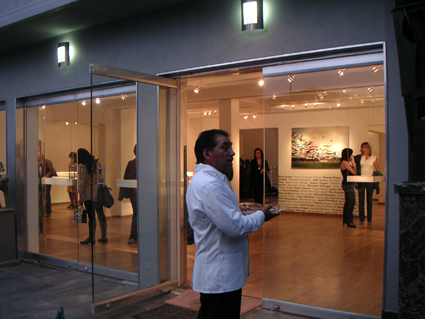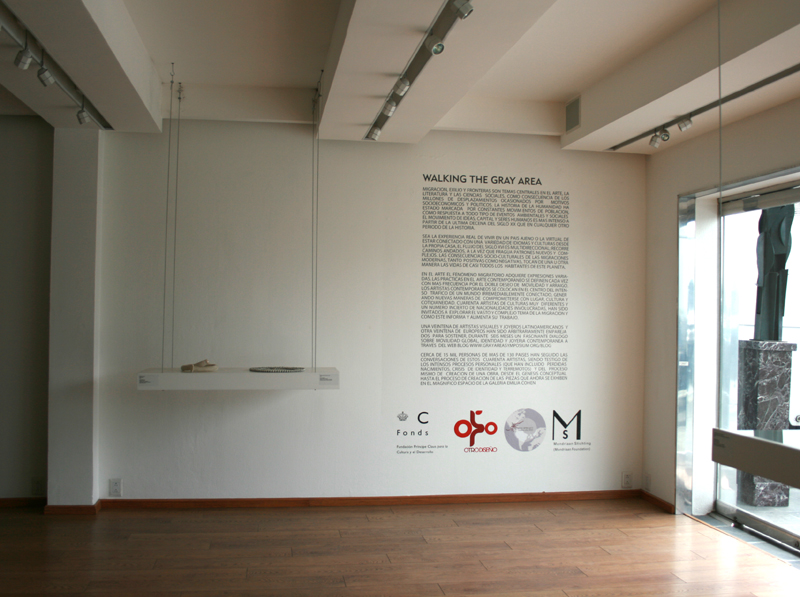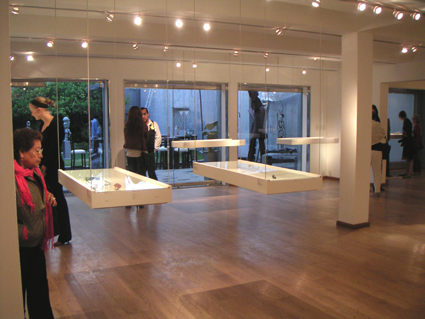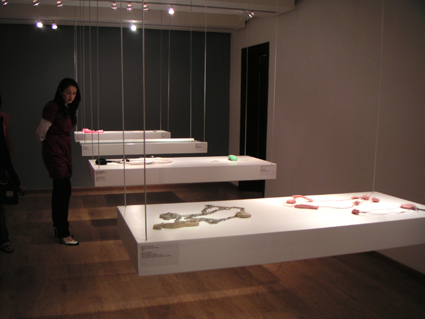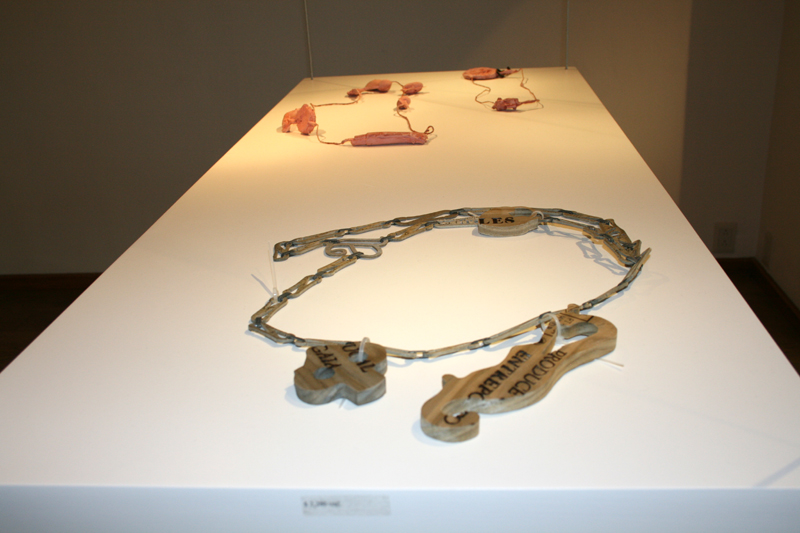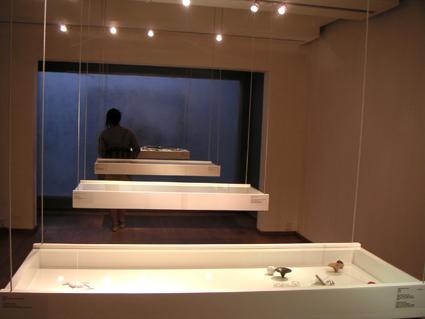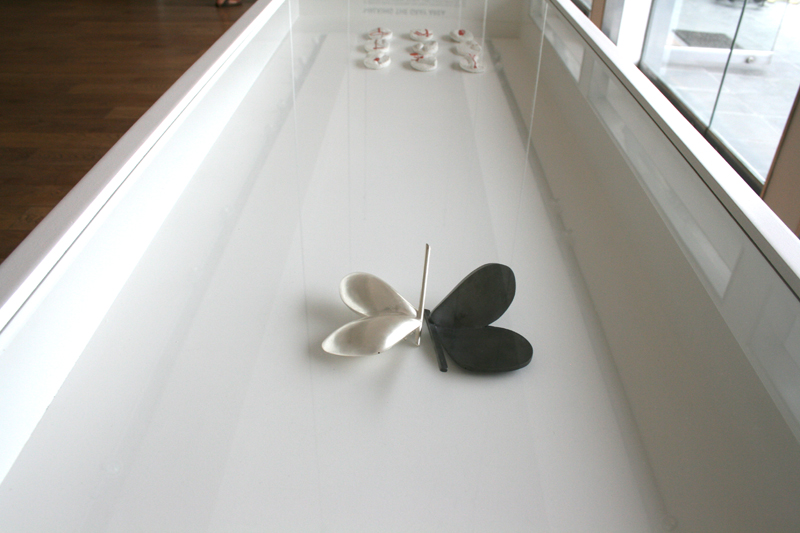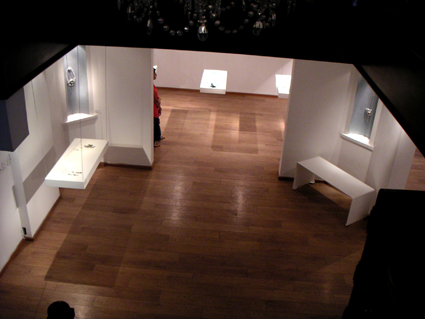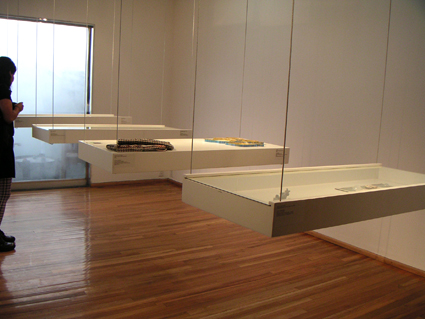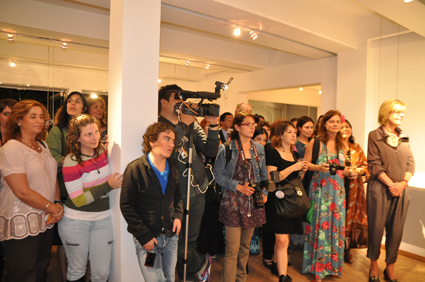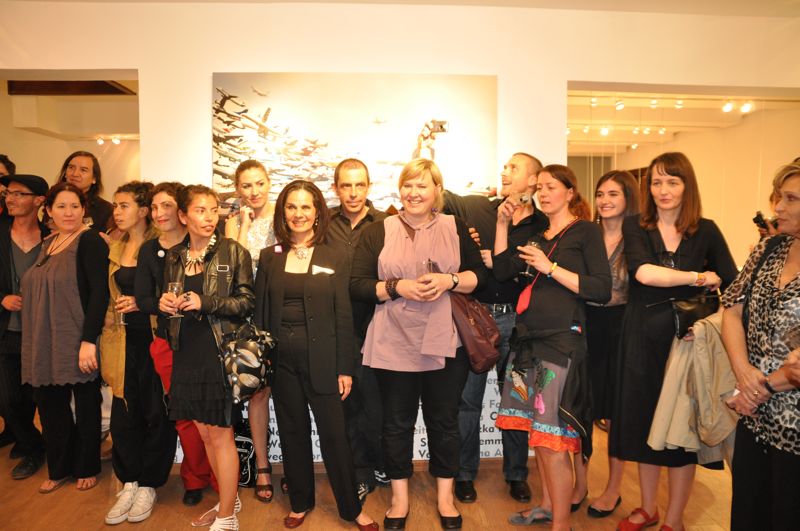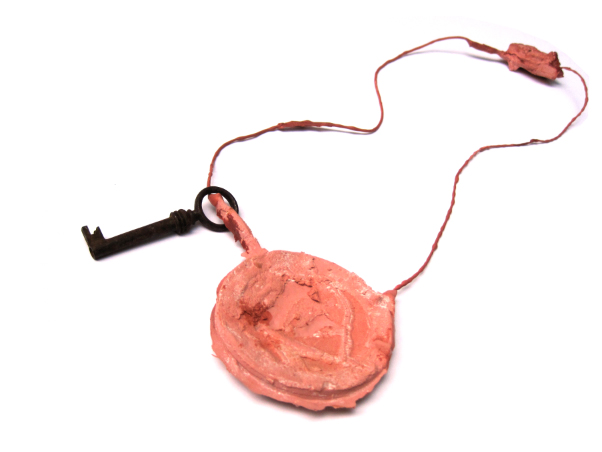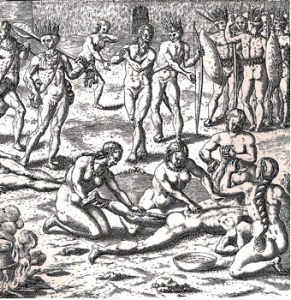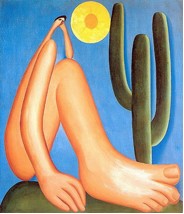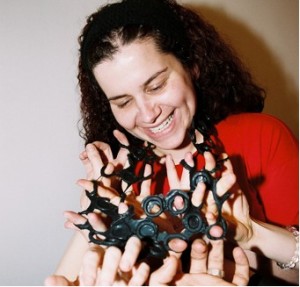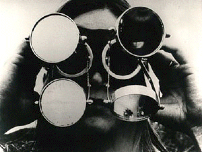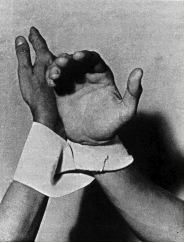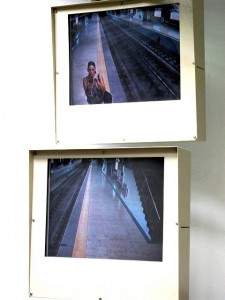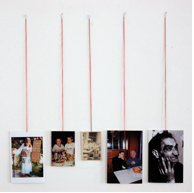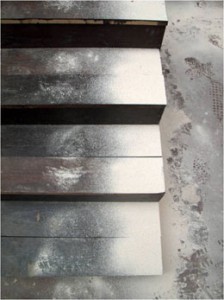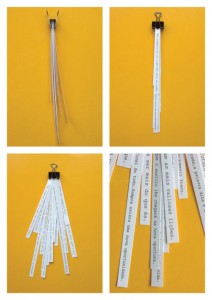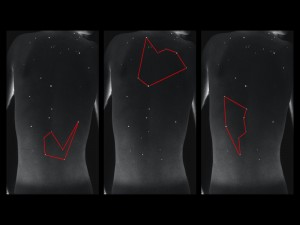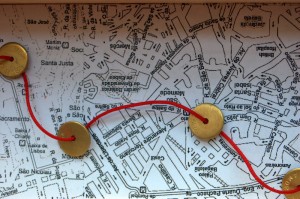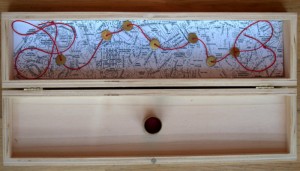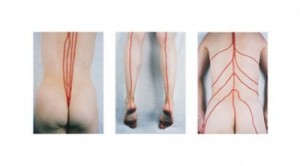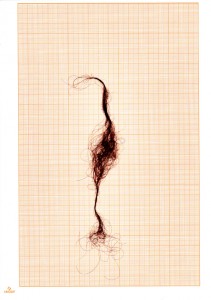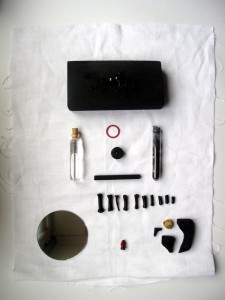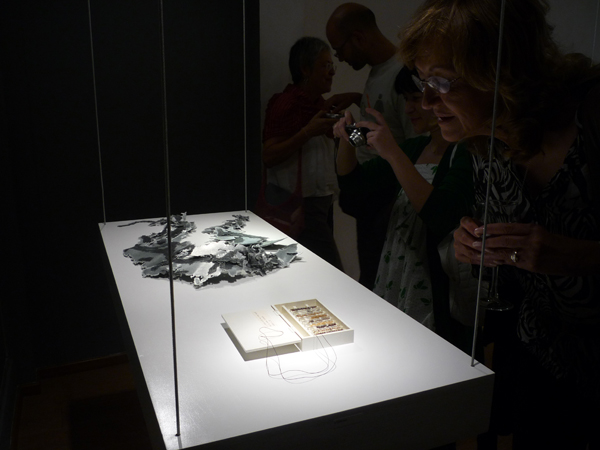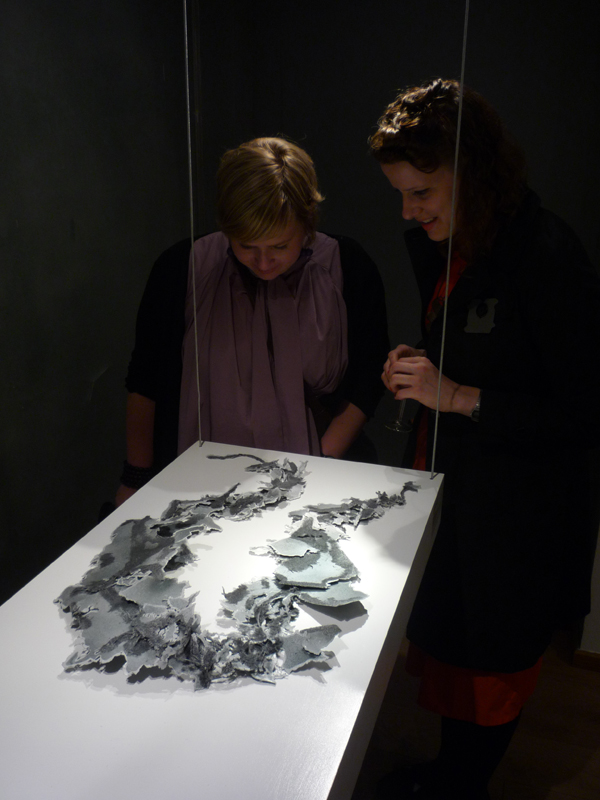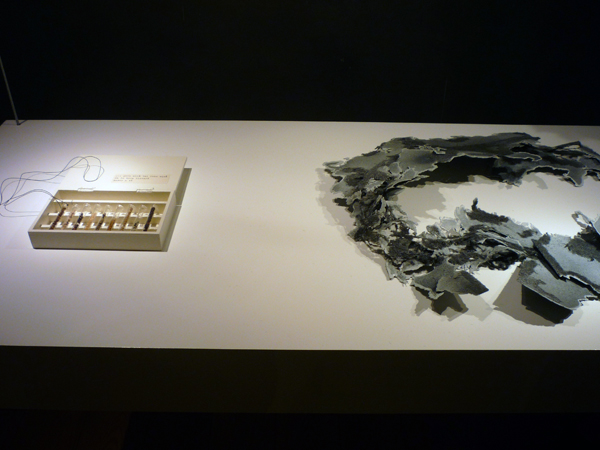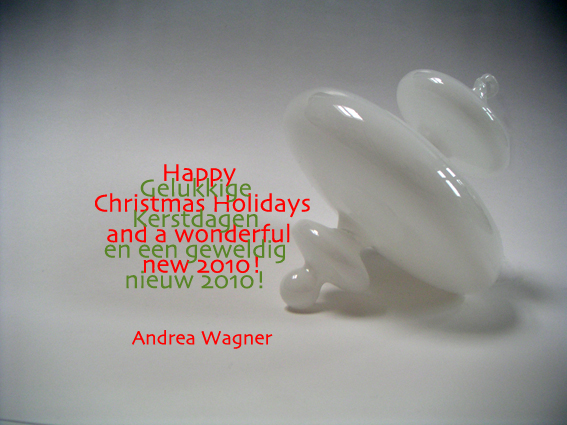
|
|
|
|
Lecture: Dialogues of the Gray Area: A collaborative project on global migration, identities and contemporary jewellery Date: Sunday 17th January 2010 Time: 15:00 hrs Place: Stedelijm Museum Schiedam FREE ENTRANCE The Stedelijk Museum Schiedam, the Mexican Embassy in the Netherland s and the Otro Diseno Foundation for Cultural Cooperation and Development are pleased to invite you to the lecture Dialogues of the Gray Area: A collaborative project on global migration, identities and contemporary jewellery. The lecture will be delivered by Valeria Vallarta Siemelink (Mexico-NL) and Andrea Wagner (NL), curators of the exhibition Walking the Gray Area, with an introduction of the art critic Jose Manuel Springer (Mexico) and a discussion by two of the Walking the Gray Area artists Jorge Manilla (Mexico-Belgium) and Peter Hoogeboom (NL). The lecture is part of the program Mexico in the Netherlands and within the frame of the exhibition Mexico: Expected/Unexpected, showing at the Stedelijk Museum Schiedam. Hi Luzia, Hi dear artists into this project,
Excuse my long silence these last days. I have gone through a difficult and painful because of the loss of a dear friend. You are the best!!! Dani Dear Dani, I’m very, very sorry to hear about your close friend having passed away. It is sad to hear that you are the second artist to have experienced such a sad loss during the course of the project. This fresh feeling of pain, regret, and emptiness after someone dear has been ripped out of our life is pretty much a gray area too. Not just regarding its heaviness and lack of joy – but it feels in some strange way like the first part of a new stage. It’s hard to put into words, but for me it tends to feel like a personal retrospect of things too – what have I done with my life, what is important in my life, what trace will I have left behind with others when I am no more, where am I not living myself…. and so on. Such times have made me more clearly aware of how precious life is and how short it can possibly be. T0 me that feels like a final gift from the person who has died and is like a very clear shaking awake of my possibly slumbersome stumbling through the unimportancies of my life. Life becomes ‘normal’ again, but first there is that gray area to transverse. Thank you for your lovely words, and we are glad that you have been so happy with your partner Sebastian. That had already become quite evident from your active blogging and was fun to see. Thank you for your enthusiastic participation! Warmly, Andrea Less than two weeks left before the Gray Area Symposium starts! The definite program is now available on the main site: English: http://www.grayareasymposium.org/program/en/ Enjoy! Hes. The Gray Area team and a bunch of other jewellery fanatics from almost 40 countries, have started to arrive to Mexico City. Jewellers, critics, visual artists, historians, anthropologist, cultural managers and collectors will spend the next two weeks rambling around one of the largest, busiest cities in the world to see, make and talk jewellery. Twenty two of the Walking the Gray Area artists will also travel to Mexico City to inaugurate their now colorful Gray Area and many of the follwoers of this blog will be able to see first hat all the pieces whose birth have witnessed through this pages. For the first time a Latin American country hosts an event of this scale that includes a five day symposium at the magnificent building of the National Library (Biblioteca Nacional), 13 exhibition taking place in museums, galleries and even an old candy store, 2 workshops, countless dinners and gatherings and a dance evening at Salon Los Angeles, the oldest. ballroom in Mexico. This blog will serve as a board to report the daily events taking place at Gray Area. We thank every one single person and organization, including the Prins Claus and Mindrian foundations who are making this project possible. We hope that it will contribute to give light to the wonderful production of contemporary jewellery from Latin America and that it will encourage others to continue working in favor of cultural diversity in the field. Welcome to Mexico and enjoy this new journey! Valeria Vallarta Siemelink, Carolina Rojo & Hes Siemelink ‘This library has stood for over 200 years, through two revolutions and the Mexican Civil War’- a man with orange tinted aviator sunglasses announces to a packed auditorium. Thus I imagine we are in safe hands for the moment. The opening ceremony of the Area Gris International Jewellers Conference has been blessed with a buzzing sense of anticipation and fervour, as if there was a revolution of another kind brewing within Aztec style masonry. Waking up to Mexico City’s petroleum laced air is seldom a refreshing experience, but 10 AM at the Biblioteca de Mexico played host to a carnival of enthusiastic introductions, greetings and a few ecstatic reconciliations. The organisers who are among friends and colleagues appear to have devoted themselves religiously to the smooth running of this symposium. Once the room is filled, we are welcomed and thanked by Valeria who appears to be steering this ocean liner of cultural co-operation ‘We want to establish links between developing areas’ she tells us. Her associate honours the guests by announcing this event ‘the most ambitious project yet’. We begin a series of informative talks revolving around the open theme ‘What does it mean to us? Jewellery, Identity and Communication’. Manon van Kouswijk of the Rietvald Academy, Amsterdam starts with a lecture entitled ‘Grey Matter: No Brain No Gain’. She speaks seriously of childhood streaked with grey of all kinds. As head of the Jewellery department for three years, she poses many questions to the international audience. ‘What can Europe contribute to the world of contemporary jewellery?’ strikes at the heart of her concern that jewellers seems to be content with satisfaction and safety inside their own ‘bubble’. With this, she reminds us that jewellery is often more like ‘The Hunt for Treasures’ and asks us if a wider audience can be reached without a compromise of any kind. With suitable aplomb, Van Kouswijk closes the presentation with a poetic gesture- ‘Jewellery can fly all over the world’ As Caroline Broadhead of Central St. Martins College, London steps to the stage, one wonders how many Latin American delegates would have expected a presentation of such a British calibre. Yet we are offered a truly tropical display of images. Jewellery, technology, visual and performance art all point towards profoundly philosophical question; one of visual interaction. Briefly reminding us of children’s games that refine our ways of seeing the world and showing a simple piece of magenta optical art which once viewed, creates a green ‘jewel’ on another’s body, we are invited to expand our current ways of perception, beyond obvious aesthetics. Broadhead makes an ambitious link between Jewellery and sight in the etymology of the word ‘mask’, from the Greek meaning an amulet to protect against evil. In a city where the blind appear on the streets more frequently than in many European countries, she offers us a bold discourse on the value of looking from many points of view. Dr. Clemencia Plazas of Colombia National University informs us on the geography and history of metallurgy in Latin America, with a special emphasis on precious metals. Not surprising as a former director of the Gold Museum, Bogotá, she offers us a wealth of information on silver but mainly gold. This, she tells us was prized by pre-Colombian civilisations because of its likeness to the sun, which they worshipped as a prime example of balance and cycle. Their gold medallions are described by historians as an ‘expression of vacuum’ and portrayed vibration in the metalwork of the pieces. With a nod to the previous speaker, she shows us examples of Optical Art dating to the 8th century AD, perhaps hinting that many contemporary attempts at such art are echoes of the achievements of conquered civilisations. Ending on a light note and reminding of alternative locations for jewellery, Plazas has saved the best for last. Golden ornamental coverings, like abstract drinking horns, for male genitals once served to symbolise hierarchy and social position. Similar looking breast coverings appear to be property of Madonna, except they were found in the Sinu region of North Colombia, from 300AD. However, as the pieces appear closer thematically to notions of childbirth, we are reminded of the immortal significance of life and death in jewellery. Ramón Puig Cuyas, head of the jewellery department at the Escola Massana, opens his talk on the use and meaning of Materials for Different Cultures by quoting Sophocles on the purity of the material. He describes jewellery as a cultural phenomenon, the language of which is loaded with magical symbolic properties- and a link to survival. He further suggests that as far back as 70,000 years ago, Jewellery would not have stood just as a symbol of power; an artist makes an investigation into the order of the world, conveying discoveries the viewer. Finally he mentions that the modern jeweller breaks so many rules in their creative practice that identity in the work is hard to find, yet it is often composed of different emotions. Clemencia Plazas’ second talk was centred on more spiritual aspects of the Pre-Colombian passion for gold. The nature of opposites and cycles, she tells us, contributes to their sense of universal balance. We are shown images where gold and silver are placed together equally, where gold is plated by silver and of the metals’ use to secure a route to the afterlife. Revealing to us that they worked in also in platinum and red gold, she closes by making a marked distinction between two regions of Latin America: one which worked with the metals in solid state, and one which worked with them in molten form. Plazas has supplied us with an important grounding in the ancient history of Latin American jewellery with hint of insight into its stylistic relevance today. The final talk is given by Dr. Damien Skinner, art historian and freelance curator from New Zealand. His presentation concerns a single piece of highly significant jewellery by Warwick Freeman- the ‘Tiki Face’, a brooch that has obvious tribal links but with a simultaneous sense of contemporariety. He explains with clarity of international intent the history behind the culture of the native Mali people of New Zealand. Their ‘Hei Tiki’ figurines which, like some of the Aztec idols, come with significant spiritual power are made of jade, a material of a ‘problematic’ nature because of the historic colonial conflicts behind it. Skinner goes on to relate a part of 20th century NZ jewellery history when pieces were made entirely out of bone, stone and shell as part of a rejection of European jewellery standards. Nonetheless, we are left with a sense that Skinner is an ambassador from a country where old and new, visitor and host are continually learning to cohabit. Perhaps his approach will become a hallmark of future contemporary jewellery, where collaboration across cultural and national boundaries will become standard practice. Gray Area Inaugural Event Ex Teresa Arte Actual
Images of the exhibitions Ultrabarroco (Benjamin Lignel & Alex Burke, Estela Saez & Eugenia Martinez, Cristina Filipe &Heleno Bernardi) and DesCubierta (Raquel Paiewonsky & Catherine Broadhead)
Tuesdays proceedings begin with the first of 6 artist presentations. Ruudt Peters, the man who holds a sceptre of contemporary jewellery, begins with his personal artistic history. Born on the family ‘beauty farm’, he hints at religious upbringing being linked to a deep interest in alchemy. The legend of turning lead into gold, he proposed, is a metaphor for personal, spiritual transformation and development. Taking this further, Peters’ artistic curiosity holds a consistently personal progressive nature that has led him to Bangkok, a suitably named city for work on fertility symbols, and to knotted prayer flags in Tibet, he describes as ‘beautiful’. His most recent displayed work is the silver castings of water cooled wax, stemming from his attempts at blind drawing through meditation. A mindfully abstract result exhibiting natural beauty appears to have been his motive, whether conscious or not. His playful yet passionate practice is summed up in a final quotation he has found from Augustin of Hippo, the Roman Scholar- ‘If you grasp at things too seriously, then the beauty retreats’ Ending his presentation to genuinely enthusiastic whistles and applause, it is clear to see Peters boisterous persona has established a connection and understanding with members of the Latin American audience. Following that, the videoconference by Monica Gaspar of Gaspar went as smoothly as modern technology would allow. She praises the efforts and aims of the symposium, modestly stating that the European world of jewellery sometimes doesn’t know enough about the work of Latin America but earnestly describes it as a ‘sphere of shared interests’. Also, she is keen to share her knowledge of European exhibitions, especially ‘Schmuck’, with the audience. In comparing the profession to a shaman or mystic, Gaspar also touches on a theme that seems to be reappearing within the walls of the symposium and that the work of a jeweller points toward ‘an impossible type of jewel’. In her Artist Presentation, Manon Von Kauswijk gives us a brief overview of the progress she has made so far in contemporary jewellery. In having trained at a traditional silversmithing school in Roothoven, The Netherlands, Von Kauswijk quickly tells us she only took the technical aspects away from that particular institution. However during a visit to Kathmandu, she describes the discovery of a tradition that fitted with her interest in beads: a painted bird with beads in beak on the walls of houses to serve as a reminder of hospitality and trust. Later work with pearls shows a continuation of this interest and a move towards themes of classification and collection, comparing childrens shell collections with that of a natural science museum. Her exploration of the relationship between people and objects is apparent in this work. She ends her presentation with words of inspiration for true collectors- ‘Objects are there, it’s up to you whether you discover them or not’. Jorge Manilla and Martha Hryc perform their dual presentation with equal passion to the previous speaker. To begin with, Hryc paints a fascinatingly depressing picture of life in Poland, prompting equally moving philosophical statements. She compares the artist to a prostitute and quotes Jean Paul Sartre on humans only living through the perceptions of others. This appears to explain the interpersonal nature of her work. She has made a migration of identity, overcoming boundaries of nation and culture, stating that our similarities predominate our differences. Jorge Manilla finds juxtaposition between his art practice and the notions of therapy, as if his passion for jewellery is a ‘fixation or addiction’. Born in Mexico City, he speaks of the tragedy of seeing children sleeping on the street, linking the suffering of the population to religious themes, the churches icon of the ‘blind boy’ and of body cleansing rituals. Manilla takes us back to the 70s and 80’s, a time of youth disillusionment with the state of Mexico and describes himself as a child of the ‘X’ generation, many of whom adopted the punk style in an attempt to find a non-mexican identity. With spiked hair and metal clad jackets, one wonders if he is drawing a subtle comparison to the outfits of the Ancient Aztecs. After having been a successful jeweller for many years, Manilla’s migration to Europe yielded a discovery of contemporary work, changing his perspective on jewellery and forging international aspects in his practice. He ends by voicing a humorous frustration- that for him jewellery is a constant search, but you find more questions than answers. ‘The Labyrinth of Synchrony’ presented by Beate Eismann is an exploration of her Mexican-German identity through working in Europe but maintaining a consistently strong link with her Mexican culture through literature. This influence can be clearly seen in her previous work; pieces made from interpretations of quotes by Mexican authors and more recently, of brooches made of paper, perhaps a more direct materialisation of her link across cultures. She champions the ‘impulsive’ nature of Mexican literature and also cites inspiration from the performance of Carlos Santana. Mirla Fernandes of Brazil has come a long way in her artistic odyssey. Starting out as a biochemistry student, Fernandes soon found a deeper interest in Fine Art, painting large pieces and praising Matisse for creating technique out of necessity. However, after discovering the joy of melting silver, Fernandes’ practice migrated to jewellery, where she says the scale felt more comfortable and preferred using ‘fire as a brush, silver as paint’. She appears to be primarily concerned with themes of inner self and body consciousness, no doubt with a link to her previous scientific studies. Further to this, as a practitioner of martial arts, she sums up her presentation philosophically by telling the audience that nothing is more precious than to be alive and to ‘evolve the soul’. And as a visitor to Schmuck, Fernandes is clearly among leaders within integration Latin American- European jewellery. Having already made an impact on the world of contemporary jewellery in Germany, Japanese-born Jiro Kamata shares a presentation of his work to a Latin American audience. Gasps, laughter and bursts of applause ring out as we are taken on a graphical journey that begins with rings of sellotape with self-applied lipstick between layers, to brooches and rings made from the tinted lenses of sunglasses and then to a fascinating exhibition of aluminium spheres in patterned cages. But Kamata really shows his maturation as a jeweller with his final pieces. Brooches and pendants with gem or jewel-like properties turn out to be made from camera lenses. ‘Jewellery opens your heart and shows it to others’ he tells us. Seeing this in the intensity of colour and technically sound design has allowed the work to speak for itself. After showing a video of a successful exhibition in his hometown of Hirosaki, Kamata ends the presentation to an explosion of applause that represents mutual appreciation of this crossing of East and West cultures. Dr. Xavier Andrade of Ecuador presents a dialogue between anthropology and contemporary art. As an anthropologist, we are given a fascinating insight into the world of Latin American jewellery from an academic point of view. Referring to Dr. Clemencia Plazas, he brings our attention to ways in which it is possible to translate issues of identity in contemporary art. One method suggested is that jewellery can convey stories or legends that refer to a particular culture or history. Ending with a particularly cogent example, he shows us a homage to the most popular singer in Ecuadorian history, Julio Jaramillo and how this certain piece communicates this Latin American legacy. Opening of exhibitions Encuentros y Desencuentros (Estela Saez Vilanova & Francisca Kweitel) and On the Other Hand (PIN) Galeria Medellin 174
The end of the second day lectures came with a reward for those daring enough to seek out the traditional ‘Salon de Baile’ of Mexico City. When the sun set behind suburb clad mountains, an authentic Latin music band took to the stage and set the scene for a truly international integration. Mexican couples of 70 or older looked on in bemusement as a host of contemporary artists and academics took to the floor, everyone eager to show off, or learn from scratch. It soon became apparent there were a handful of native experts, willing to teach the less confident. With the bar serving the best tequila and lemon that this author has ever tasted, it would not be an overstatement to say that Area Gris organised a night to remember. If all lectures were this enjoyable, I imagine the symposium would never end. The third day of the symposium begins with a joint artist presentation by Claudia Betancourt and Ricardo Pulgar. With such different backgrounds, it is clear to see this co-operation has yielded outstanding results. The most significant aspect appears to be their involvement in the ‘South Project’, to link art projects in the southern hemisphere to Australia. A migration from Chile to Melbourne resulted in a residency working with children making their own contemporary jewellery and ‘Cradle to Cradle’, the sprinkling of fertiliser on grass in the shape of a ring. Pedestrians were then free take a handful of the white powder home to fertilise their garden. This socially engaged practice is an example to the world of contemporary jewellery that a gallery is not necessarily the best place where work can be exhibited. Referring to the theme of communication across boundaries, Pulgar finishes by stating that for them, the ‘migration was also a transformation’. Dr. Sarah O’Hana of Manchester University, England begins by proclaiming that she will always ‘use what is unexpected’ in her practice. The use of laser technology in her latest work is the central example of this philosophy. Having obtained her doctorate from the Department of Aerospace and Civil Engineering, it is clear to see the scientific nature of her work. Pendants of titanium identification cards, medals with laser marked symbols of her life experience and a bangle with microscopic images of cells all point towards the bridging of cultures between art and science. Having co-organised the Ars Ornata Europeana 2007 exhibition amongst others in Manchester, O’Hana offers a perspective and experience that many Latin American delegates will find valuable for future opportunities. Felieke Van De Lest is a graduate of the Rietvald Academy with an impressive showcase of crocheted pieces ranging from small but well thought out brooches to ‘Ryan the Lion’ whose arrogance achieved a front page appearance in national press. She then transferred her skills to the use of fibre optics, making a chandelier inspired by an image of a water flea. Felieke also has a successful collaboration to exhibit in Mexico in a local sweet shop- the ‘Dulceria’ just off Avenida 5 de Mayo. Next, Nuria Carulla, of the eponymous academy, treats us to a wealth of Colombian contemporary jewellery by students. She introduces her presentation by emphasising the job creating values of the jewellery industry, from teachers to miners. The works by her students appear of international quality with a huge variety techniques and results achieved. This includes use of CAD/CAM, with inspiration ranging from flowers to baroque architecture. The impression given is one of high aiming seriousness, a testament that Colombia stands proud of its ability to cultivate world class artists. One outstanding piece, ‘Ecce Homo’ is pendant consisting of a traditional portrait of Christ and a separately cast machine gun in dark metal, offering a mature and deep exploration of the religious aspects of Nicolas Estada’s culture. Nanna Melland’s ‘11,687 years’ is a mysterious title for a necklace that looks significantly like a random collection of scrap metal. For only a few viewers have immediately identified the sole material used- discarded intraurethral devices; the sum of the ages of the original owners is what constitutes the title. A visit to Tibet, she tells us, brought her attention to notions of wearability in ritual and of the almost magical skills of the most basic Tibetan jewellery workshops. During this time she produced a Memento Mori in the form of a bracelet, hanging off it, a real animal heart. This reflects one of the many lessons she has learnt and shares with a Latin American audience today- you will enjoy life more in the remembrance of mortality. Further work leading up to ‘11,687 years’ includes a ‘seductively beautiful’ orchid cast in lead and a necklace of fingernails in gold accompanying a statement that gold is many things including ‘madness’. That the contraceptive IUD was a random find, it is interesting to note how an artist manages to turn obscurity into an almost sacred relevance for humankind today. Let us hope that this profound understanding perpetuates into the world of Latin American jewellery. Ximena Briceno of Peru gives us detailed history on the filigree technique. It’s many origins leads her to compare techniques and styles from China, India, Italy, Ancient Mesopotamia and of course Latin America. The pieces shown have a range of uses, incense burners, religious icons, decorative models and often serving as gifts for aristocrats. Her personal practice includes a pair of silver filigree slippers, offering a relevance for today’s artists.Filigree’s appearance is often predictable, but one Victorian piece has an striking resemblance to sculptor Anish Kapoors latest work, the London 2012 Olympics Design, the ‘ArcelorMittal Orbit’ The third day ended with a joint presentation by Fran Kweitel from Argentina and Estela Saez Vilanova from Catalunya, but living in the Netherlands. A large portion of time was devoted to describing the many contrasts between the two countries; however both artists appear to have flourished from the partnership. An exhibition in the Red Light District demonstrates this and gallery work with Ruudt Peters cements the quality and profile of the undertaking. The couple seem to have bonded extremely well and the results obtained from their co-operation set a benchmark for future transatlantic collaborations. Kweitel and Saez Vilanova end by thanking the Grey Area Organisers for enabling them to put their work out to a wider audience. Jurgen Eickhoff, co-founder of gallery Spektrum, Munich, starts day 4 of the symposium with The Jewellery, The Gallery, The Future, a presentation highlighting the shortage of young curators for the next generation of galleries. This loss, he tells us, is breaking important communication between the artist and the consumer, with the internet being no adequate replacement due to its current impersonal nature. He criticises galleries that host only a few exhibitions a year, stating that their aim is propagandist than a more honest attempt to lead a gallery, present the artist, support them and eventually sell their work. Reminding us that galleries are an important measure of culture, it is clear that Eickhoff has a lot of pride in his field of work as jeweller, curator and exhibitor. And rightly so, with Gallery Spektrum having moved location four times since its birth in 1981, survival and success in this area appears to be an art in itself. Such a story leads us to view Eickhoff as a veteran of the exhibiting world. More than that, his experience is an example to European and Latin American audiences alike of the true migratory nature of contemporary jewellery, where his work places him among the chieftains, elders and mystics of this 21st century tribe. Following that, there is a tumultuous standing ovation for the organisers Valeria Vallarta Siemelink and Carolina Rojo of the Otro Diseño Foundation who conveys the success of the blog- thousands of logins by the users and over 12,000 visitors from almost every country on earth. She includes a passionate email from a dentist in Uzbekistan, praising everything that has gone on and requesting that the exhibitions be brought to their country. Describing her choice to become a migrant as a privilege, Vallarta Siemelink goes on to tell how it provided her with ‘a freedom that is essential’ and points out that the artists paired for the Grey Area embarked upon a migration of their own. She then reinforces the frequently advocated belief that jewellery is a common language between delegates and highlights the success of this type of communication on the blog. With regard to the artists involved, Vallarta Siemelink gives a special mention to the Cuban artists, who make beauty out of the most constrained resources. As Nanna Melland previously mentioned in her artists presentation, one should not let money restrict ones work, and this is most clearly demonstrated here. Truly, the Gray Area Symposium has crossed boundaries of political and economic significance with the addition of such work. Cristina Felipe of The Portuguese Association of Contemporary Jewellery (PIN) narrates the successes of her recent work, from the founding of PIN with 2 colleagues, to the 2005 Ars Ornata Europeana Exhibition, which she states temporarily made Lisbon the centre of the often ‘nomadic’ world of European contemporary jewellery. With many exhibitions it was a huge success and from there 2006 saw ‘Four Points of Contact with Lisbon and Rome’, showing the development from original traditional culture to contemporary jewellery and an attempt to establish links between the two nations and their jewellery. In 2007, ‘Impressions on Portuguese Contemporary Jewellery’ saw an expose of the vast variety of techniques used in 21st century approaches. Later that year and with the celebrations spilling into 2008, Felipe shows us the 200th anniversary of the arrival of the Portuguese Royal Family in Brazil. This event was a true bridge in cultures between Europe and Latin America; an authentic template for the future of transatlantic relations. Finally, 2009 rolled out the red carpet for PIN’s 5th birthday, a party and conference that formed a potent melting pot of knowledge, understanding and wisdom within contemporary jewellery. Felipe ends her presentation with the words of Onno Boekhoudt: ‘Jewellery is just like people, it needs an environment and it can be interesting by itself but basically it is dependant’ Liesbeth Den Besten, in her talk ‘The Art of Collecting Wearable Art’ begins with some gorgeous images of the Duchess of Windsor’s private collection whose sale set a world record at Sotheby’s auction house. The pieces we are shown clearly exemplify jewellery as a status symbol but also the constrictive nature of the conventional styles. Den Besten moves on to broaden our horizons on collecting in a 21st century environment, disagreeing with Jorgen Eickhoff and painting a bright future for young collectors, based on the emergence of internet guides to collecting art and the practical attraction of jewellery in particular. She also mentions the existing numbers of jewellery collectors including Damien Skinner’s of purely New Zealand based work and others of a certain style. As president of the Francoise van den Bosch Foundation, we are given an update on the recent developments, awards and the construction of a new building. In extending her contribution and support within the world of jewellery to Latin America, Den Besten’s international reputation is further cemented in this clear and concise lecture. Finally, the fourth day of the symposium yielded a talk with unique content. Ricardo Domingo of the AL-Invest Program begins by differentiating between the artist and the salesperson, giving us his personal history as a one man jewellery business, his bankruptcy and subsequent conversion to the philosophies of commercialisation. We are taken on a whirlwind tour of marketed products and styles including the Agatha Ruiz de la Prada range and some of Domingo’s own products that are heavily branded and targeted at specific consumer groups. “People are buying iPhones, not rings” he tells us, in what appears to be an attempt to spur the new generation of jewellers into making work that is seen by the majority as ‘cool’ or some other facet of a design that for the sake of selling, these artists must adopt or risk dying out. In a last grab at connecting with an audience dominated by already-successful jewellers and academics, Domingo makes the daring comparison of Ruudt Peters to the model salesman. It is a fascinating revelation to observe a man knee-deep in profit-taking, earnestly making his pitch to the Grey Area Symposium delegates. Perhaps the emerging generation of contemporary jewellers the world over will adopt these precepts of quantity over quality and profit over profundity labelling it ‘success’, for his presentation was hailed loudly with applause and whistles that rank him among the more popular speakers of the conference. The main Gray Area exhibition was set in a well-lit showroom a number of miles outside the city centre. Exhibiting many pieces by the participating artists as well as some of Latin America’s finest, there was a bustling sense of interest in the air as many jewellers made deals with future exhibitors, selling pieces, too. National press made an appearance, with the organisers making a statement to the cameras, expressing their delight at the smooth running and success of the symposium. It was impressive to see such a wide variety of visitors present- not just jewellers but individuals with interest in the burgeoning scene including curators, students, collectors and also wide appreciation from family and friends. This night was clearly a landmark for international relations within the world of contemporary jewellery but it was also evidence of a distinct maturation of the exhibiting world.
It doesn’t seem so long ago at all – the symposium event and exhibitions, the noise, chaos, and excitement of being in Mexico, and the volcanic ash cloud that tried to keep most of us there… It was good that so many of you and more were able to be there, and I extremely enjoyed meeting you! This Sunday our exhibition will have come to an end and will be dismounted. Valeria is preparing a report including information to those artists who had work sold, but I wanted to finally post a few images to give some impressions. The exhibition looked amazing, and got extremely good reactions. We had ‘floating’ showcases suspended from the ceiling, one for the work of each couple. That’s it for today, hopefully more soon! Andrea Walking the Gray Area, an exhibition that was on show for six weeks at Galeria Emilia Cohen in Mexico City, has come to an end. The road that lead the memorable WGA collection was a strange but equally rewarding one for the 40 artists involved and a sort of key that opened the door of contemporary jewellery for a large group of viewers foreign to this engaging discipline. The culmination of the Walking the Gray Area exhibition, does not mean the end of the walk for the artists and the growing audience who have made of this blog a tool to discuss and learn about the endless possibilities of contemporary jewellery and the richness that cultural diversity brings to its landscape. The Gray Area Symposium that framed the exhibition and the exhibition itself served to confirm that jewelery is an interesting and fertile media and that there are countless artists all over the world producing extraordinary work, able to amaze the most diverse audience; but it has also served to confirm that its reach still extremely small and that a one week academic gathering is not enough to change the constricted character of the international scene of contemporary jewellery. The Walking the Gray Area Blog has attracted a record audience of over 15 thousand visitors from over 100 countries in only eight months. An audience that is as diverse as the artists that have protagonized the blog for the last six months. Otro Diseno, in collaboration with organizations and individuals from around the world, has taken upon the task to continue this blog as a platform to promote understanding and appreciation of the diverse ways to view, experience, and create jewellery in a global context and beyond its current circle of devotees. This new stage of Walking the Gray Area will be inaugurated by Brazilian artist Mirla Fernandes, founder of the project Nova Joia. Mirla will post a periodical review of the contemporary jewellery scene in Brazil to present and discuss the work of artists, designers and jewellery makers born and/or living in her country. We hope that this stage will encourage other WGA artists to keep in touch among themselves and to share with the audience those projects, images, events and ideas that touch and inspire them. I’ve just recently read the interesting text of Marta Carmelo in Art Jewelry Forum giving voice to the Mexican jewelers and how the Gray Area Symposium has came up with new concepts and proposals for the local contemporary jewelers. I’ve read texts of Europeans that came home and were also questioning themselves about the ways we are positioning ourselves in the market/artworld, etc. As the one of the two Brazilian lecturers of the event, I would also give my input about it as well in this new series of post that I’ll be writing. First I would like to introduce you to the concept of anthropophagy and how it is strictly related to Brazilian identity. According to Ana Maria Belluzo in her book “O Brasil dos Viajantes” the first images of America date from the XVI century. As she says, the name America derives from Americo Vespuccio and also reflects the wish to overcome its legendary state. Beyond the Atlantic everything was a legend, so the testimony of travelers acquired the state of truth and its images were seen as evidences.
One of the most important among these travelers is Hans Stade. The image we see is related to him and it describes a ceremony of Brazilian indians eating another human being: anthropophagy. A very shocking image for these days if you focus your attention on the indian’s hairstyles and accessories, not to mention their Renaissancentist body structure…One can see since how long images can manipulate and fake ideas can be created. His reports also dating from the XVI century would turn out into a sort of legend around here. Staden in his first-person narrative confesses his fears, premonitions and even tells he lies, leaving all the truth of the report in doubt. The ambiguity of his text creates a tension between the reality experienced by him (he was capture by a tribal and even treated as their pet) and the fictional description that involves the reader. This narrative would influence all the imagery about Brazil and would be the basis of the modernist book Macunaima of Mario de Andrade. Andrade was a key figure in the modernist art movement that took place in Brazil in the first half of the XX century. The movement also counted with other writers and artists who were engaged in finding a national artistic identity. Most of them had studied in Europe, having had contact with the artistic avant-gardes. Coming back to Brazil they started to create theories and manifests that were the result of a mix: the European influences, Indian native and African ones. The result of this mix did not kept the original characteristics of the European influence, it was more an appropriation of the foreigner fused with national characteristics leading to a strong distortion. This artistic approach was called anthropophagic. The influences were eaten, digested and expelled into something different. It was their solution to the issue of cultural dependency.
As an example, one of the strongest images of this period is Tarsila do Amaral’s painting, Abaporu. Why am I mentioning all these in a jewellery site? Well, the reason is that I see somehow a similar moment happening in Brazilian jewellery scene. Coming back from Gray Area Symposium we could realize that all Latin American speakers, as myself, have been abroad to study: so the first ingredient of the formula is there. Also, many of Latin American jewellery creators, confronted with this foreigner influence have come back to their roots in order to find their own creative expression. I believe now we are arriving at a second stage: a broader contamination of other national jewellery creators. Although we have evident efforts such as Otro Diseño’s, Metalísteria and more recently NOVAJOIA’s actions, I believe an important element that is missing are schools devoted to teach Art Jewellery. I use the word devote because it demands a restless effort. As an example, after 2 years of trials, NOVAJOIA finally got its Art Jewellery courses proposals accepted by two Art Colleges. We are very excited with this opportunity of spreading the ideas we believe. We will probably have the availability of an institutional space to receive artists from abroad and increase interchange. In these days where a single testimony do not turn out into lasting legends, where information can be more easily reached, we should communicate frequently and interact more, but not only virtually. It is not only good for the emerging markets as ours, but as for the established ones since they are also going towards saturation and an excess of competition. As a relatively small group of creators, art jewellery makers should join globally to spread more actively their ideas and pieces, helping to create new poles of interest globally. I leave you with the idea that participation and involvement could make the future perspectives better. In my opinion, Gray Area proved so.
Longing for the Body, 2005, photographer: André Penteado As a continuity of my previous post, I would like to jump some years until the beginning of the 60’s with the appearance of a key figure in Brazilian Art scene, Lygia Clark. As art critic Suely Rolnik writes in the essay “The Body’s Contagious Memory”, her very experimental works “are generally understood as multisensorial experiences, whose importance lies in overcoming the reduction of artistic research to the field of the gaze”.
Lygia Clark, Mask with Mirrors, 1967 In 1969, Lygia Clark wrote: “At the very moment when the artist digests the object, he is digested by society which has already found him a title and a bureaucratic function: he will be the future engineer of leisure, an activity that has no effect whatsoever on the equilibrium of social structures.”
Lygia Clark, Hand Dialogue, 1966 I start quoting Clark’s words because regarding Art Jewellery, we are always close to the risk of using “glamorous virtuosity in the attempt to fill an empty discourse, a pastiche entirely devoid of critique, which can easily be digested by the market and is perfectly suited to the new regime’s demand for aestheticization” as Rolnik also explains.
Dani Soter,Estou/Não estou (I am/I am not) This being said I would like to mention the works of a Brazilian artist that do not fall at all into this contemporary trap, Dani Soter. Also as Clark, Dani Soter has lived in Paris where she graduated in Languages and Civilizations at Sorbonne. It was a personal crisis that led her to the Art practices. Today, Soter is back to Paris after having lived in Lisbon where she attended jewellery courses at Ar.Co.
Dani Soter, Part of the instalation “Muita Calma nessa hora” (Keep calm now) When we think of Soter’s works we will not find any glimpse of blingbling aspects. On the contrary, we will find a commitment with concept and strong poetic thinking. Her works are drowned in multiple references making it hard to summarize only one aspect of it.
Dani Soter,Trecho (Interval) from the series “Do começo ao fim” (From the beginning to the end) Her first media of experimentation was photography. They often refer to the empty, a sense of absence of the body or of a time that has passed. Soter’s works translate somehow in the visual world the universe of Brazilian’s writer Clarice Lispector.
Dani Soter, Broche da sorte (Lucky brooch) As in Lispector’s writings, we feel in Soter’s pieces an atmosphere of silence, of stopping time to feel the beauty of the ordinary.
Dani Soter, Constelação de Alexis (Alexis’ Constelation) It is in the photographs that we first see the red lines emerge. Soter herself says: “I am interested in communication and maps. Drawing is the most straight way to communicate something, whether is a passage, a feeling or an idea. In maps, what interests me the most are the red lines traced to show how one arrives from one point to another. The line works as a connection.”
Dani Soter, Follow me As a contemporary Ariadne, Soter and her red lines are connecting points of voids and marking lived territories. The connection that exists in her artistic thinking allows her to pass through different medias, suggesting one in another: “I try to avoid reworking photographs. I like irregularities, the fragility of forms that a drawing can have, the spontaneity of a gesture. Letting the traces transform themselves into lines, as prolongations of body’s movements. The tattoos are drawing-jewels”.
Dani Soter, À Mostra (Shown) The drawn lines become even more irregular when she decides to use her own hair to evoke the eternal and at the same time refer to the ephemeral. For her that’s when jewellery and drawing meet. Being the ultimate lines of the body, the hair lines reflect fragility.
Dani Soter, Impulso (Impulse) Whether on paper or on a more three-dimensional media, her works often involve a certain possibility of interaction and go further on categorizations. There is no use trying to classify them as a photograph (that talks about drawing) or an object (that talks about jewellery) or a jewellery (that is an object). Easy definitions are not applied here. The great thing about this body of works is that she leaves to us the most interesting part of job: to be free to complete their meanings.
Dani Soter, Germinal Dani Soter has participated in the Walking the Gray Area blog and will be part of the Think Twice exhibition to be opened next October at MAD Museum, New York.
I also would like to take this opportunity to thank Iaspis who supported me and made my travel to Mexico possible. Thank you!
|
|
|
Copyright © 2024 Otro Diseño | RSS |
|
